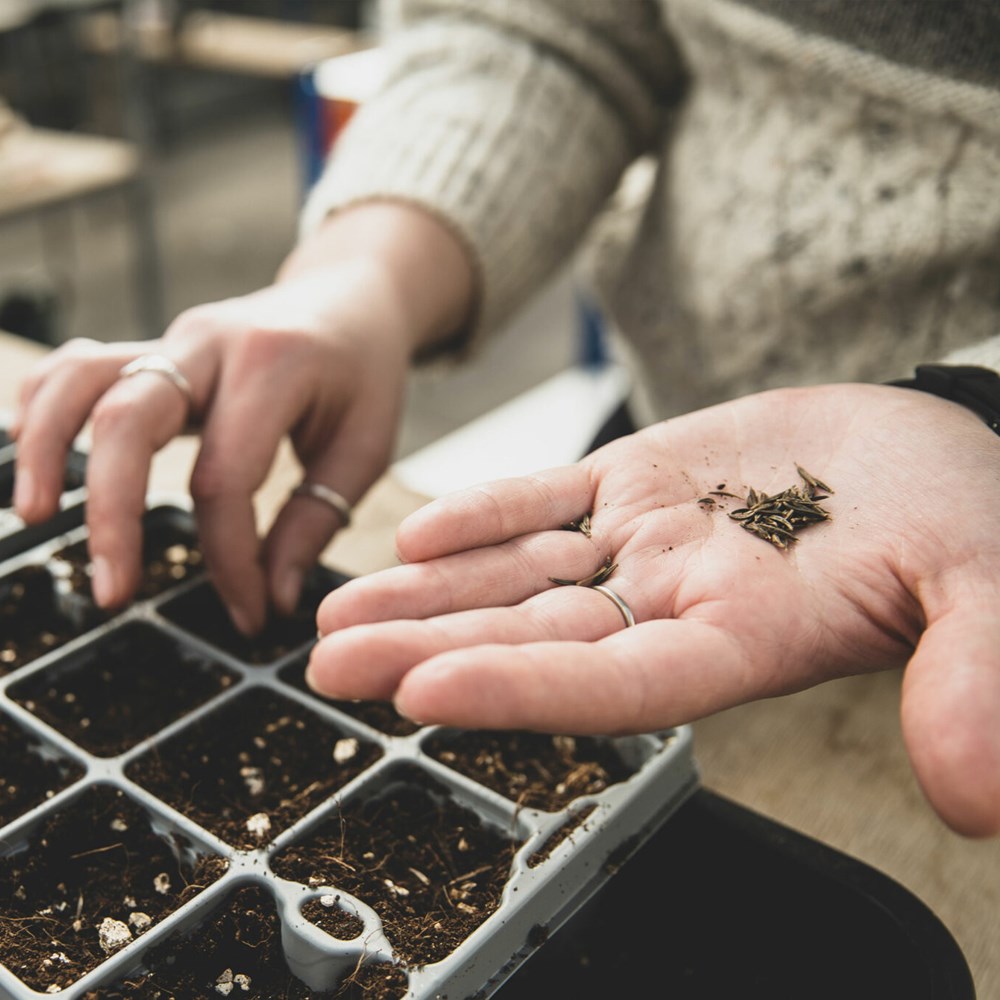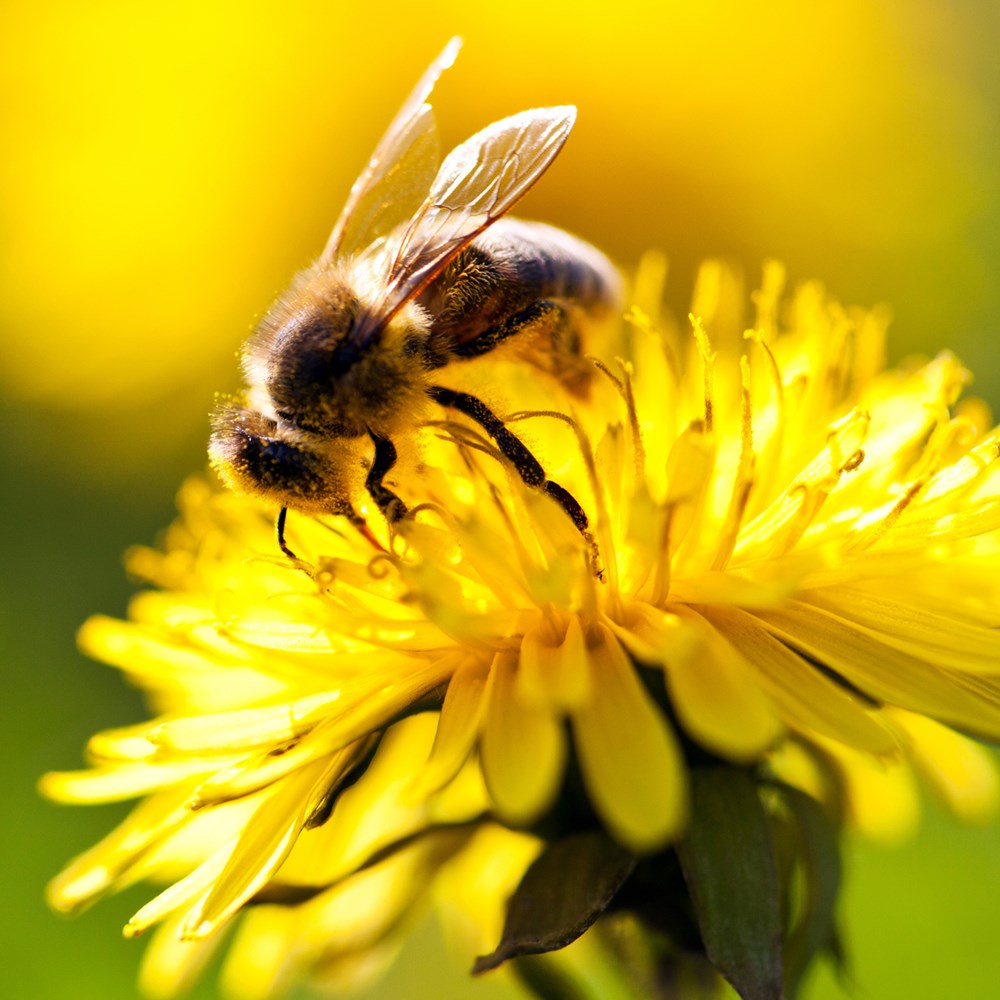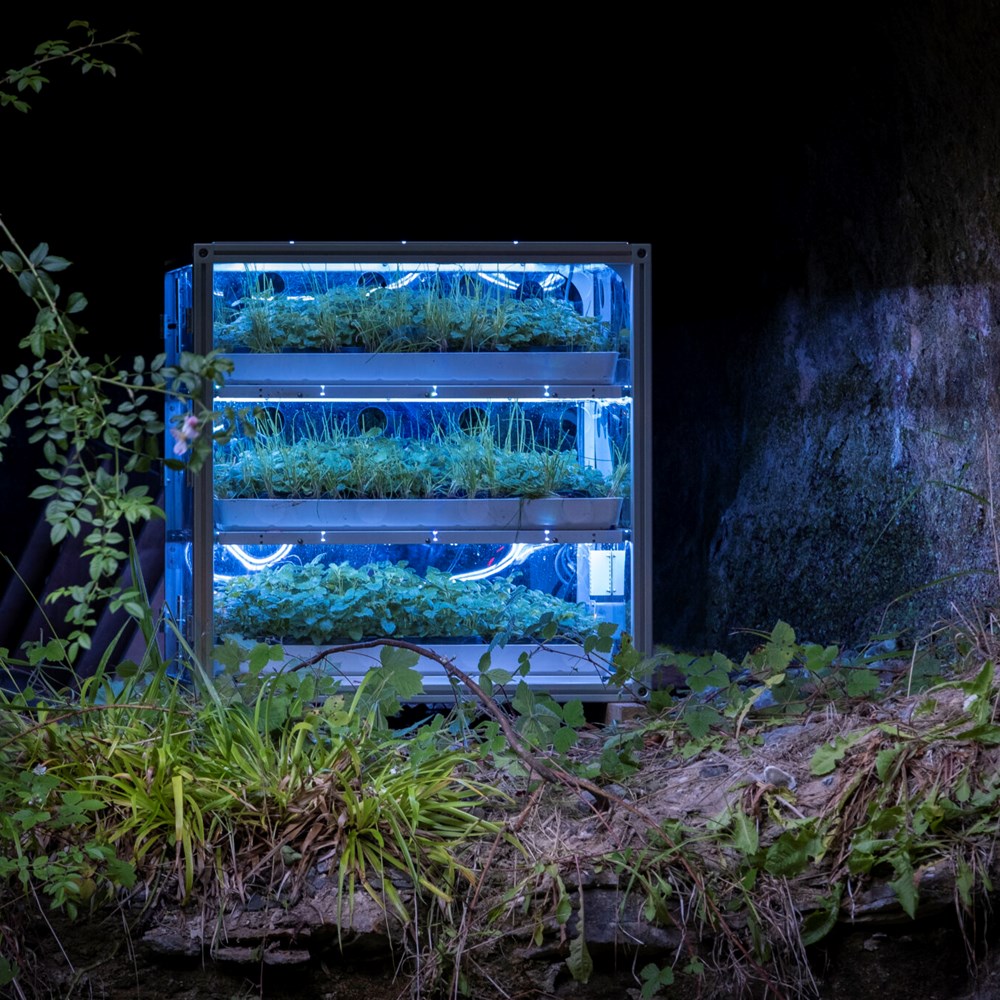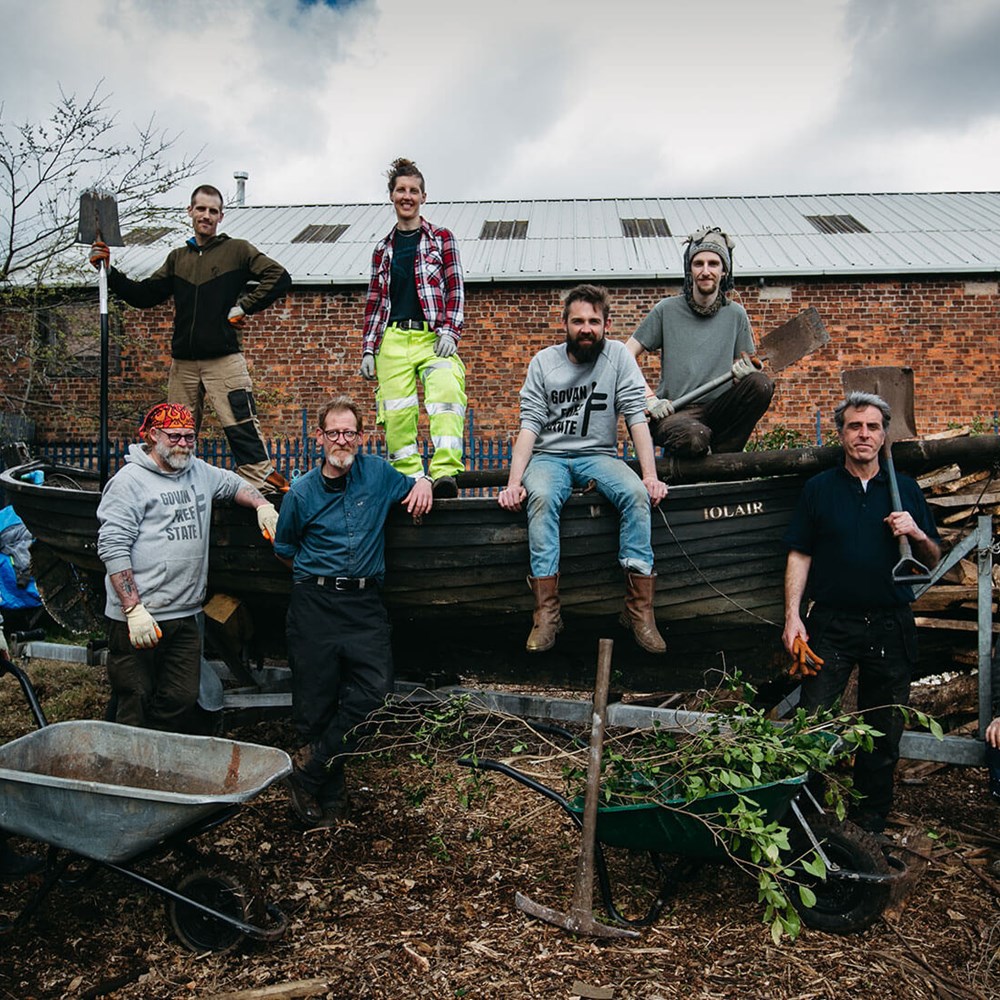Seasonality - Summer
What’s growing well for you just now?

The Dandelion team were at the Royal Highland Show, and having spoken to growers from the north east, we heard of dry weather there affecting plants. Fruit and veg crops generally need well-watered during the summer, so they can continue to put on good growth without bolting, or to set flower and to fruit. So, get that watering can out if there’s been little rain in your area. Ideally water early in the morning or early evening, and give a good glug into the soil around the base of your plants, trying to avoid splashing the plants themselves.
That said, drier, sunnier weather is going to be good for strawberries which can quickly rot if wet and touching the soil. Their spring flowers will have fruited now, so a mulch of straw or black plastic will help protect the fruit as it grows and ripens. Now is a good time to protect them with netting to keep off any naughty nibblers. Birds and squirrels are partial to strawbs; slugs too and to get rid of them might require setting traps or being out on night patrols.
At any stage of growing, although particularly near harvest time, you’ll not want to see your plants (and your hard work) lost to pests and diseases.
Weeding around your plants too will ensure unwanted weeds aren’t competing with your crops for light, moisture and nutrients. Traditionally this is done by lightly hoeing over the bed, but some people prefer to just pull weeds out by hand so as to lessen soil disturbance.
If you planted early potatoes, they’ll be ready around July – you can dig in around one plant to see what size the spuds are – too small, like marbles, and you should leave them for longer. But for now, and for main crops, keep adding compost to your container or drawing up the earth around the stems to stop the light from getting at the tubers.
Broad beans sown back in April, should have flowered, the shoots pinched off and in July be ready to start picking. Later on, they become a bit teuch, so you can blanch them, peel off the thick skin and roast them in olive oil with cherry tomatoes that should be readying from July onwards too.
Elsewhere in the garden, you might already be harvesting other fruit and veg – and certainly, things will taste best when picked and eaten as soon as it matures e.g. salad leaves and peas. In fact, keep on harvesting your peas to encourage the remaining ones to ripen. However, early season carrots, ready from July can be lifted or left in the ground for longer, until you need them.
It’s not too late to get growing
There are plenty of crops to sow from seed outdoors now that the threat of frosts has passed even from the coldest, highest inland areas – lettuce, rocket, radish and spring onions sown now, can still be enjoyed this summer. The loose-leaved ‘cut and come again’ lettuce can be ready in only four-six weeks.
Peppery land cress is easy to grow and can be sown in shadier sites until September; and along with mustard-flavoured mizuna, corn salad, peas, spinach and chicory, will be ready in the autumn.
Many other plants besides these can be grown as super-quick micro-greens within one or two weeks. They are ideal for windowsill gardening and for adding delicious, fresh bursts of flavour to sandwiches, salads and all sorts.
Alternatively, nursery-grown plug plants that have already been started off are available in garden centres, supermarkets and of course, at Dandelion’s Free for Alls – click here to find a date near you.
Lemon balm is one of Dandelion’s give away plants. It’s lovely in salads, with fruit or a sprig in hot water as a tea. If you plant it up now, and let it grow larger, you’ll have plenty to see you through summer. Just pinch out any flowers for bushier growth. Container planting is ideal for lemon balm to keep it within bounds.
Explore more

Dandelion Resources
Get growing advice, seasonal suggestions and celebrate the joys of looking after plants.

Dandelion Project
With the aim of re-establishing Harvest as an event on the national calendar, Dandelion brought together community development, horticulture, live music, learning, sustainable thinking and innovative arts practice to support the people of Scotland to sow, grow and share together.

Dandelion Events
Dandelion culminated in in over 500 events as part of the largest-ever creative celebration of Harvest staged across Scotland.

Dandelion Results
Dandelion's Unexpected Gardens sprang up all across Scotland and continue on today event after our programme has ended.
